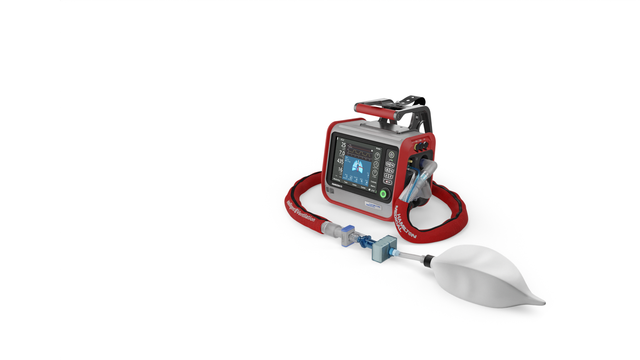
Nuestro especialista en traslados. Para pacientes de todas las edades


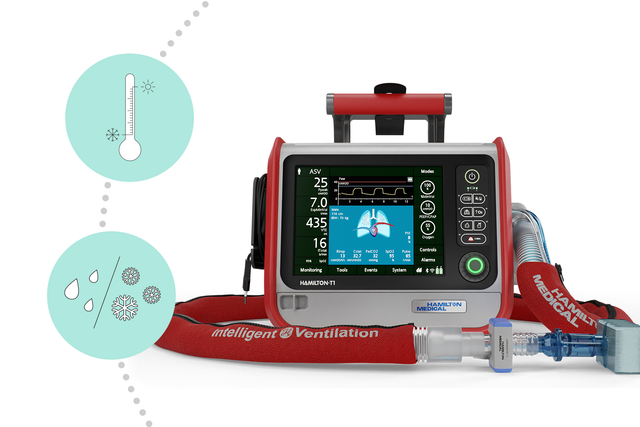
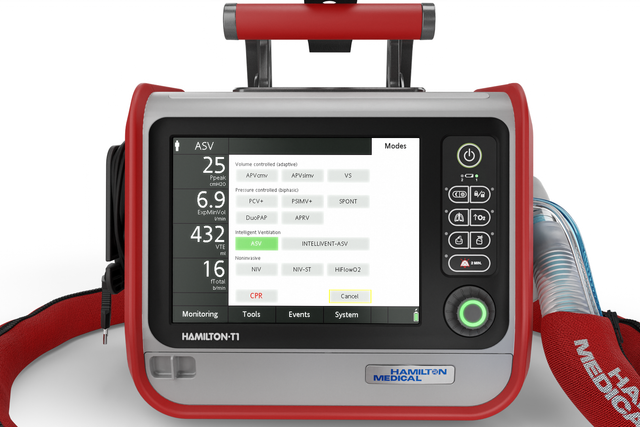

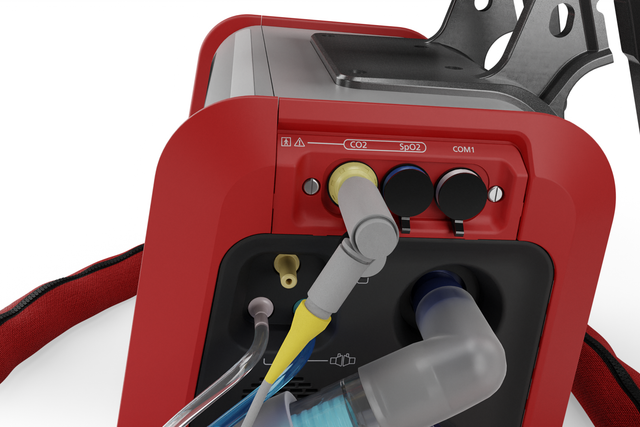
Tarjeta de comunicaciones opcional para:

Obtenga acceso a los datos respiratorios en su dispositivo móvil con la aplicación Hamilton Connect. También proporciona herramientas diseñadas para facilitar y optimizar el flujo de trabajo de ventilación.
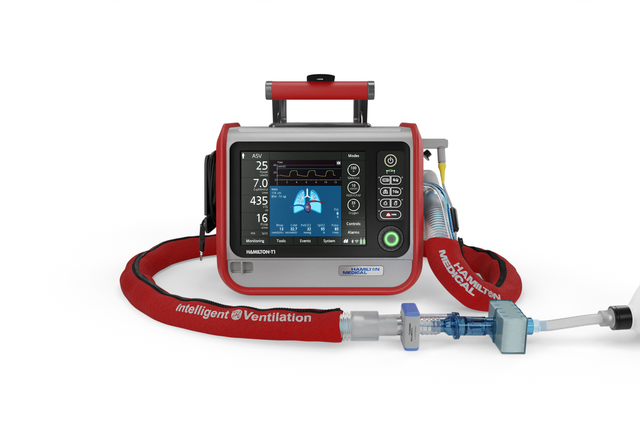
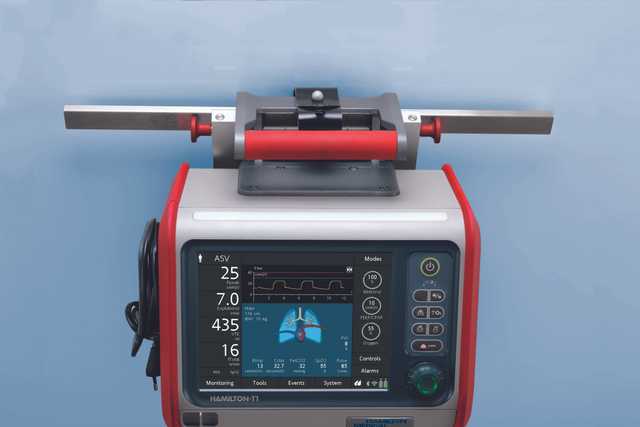
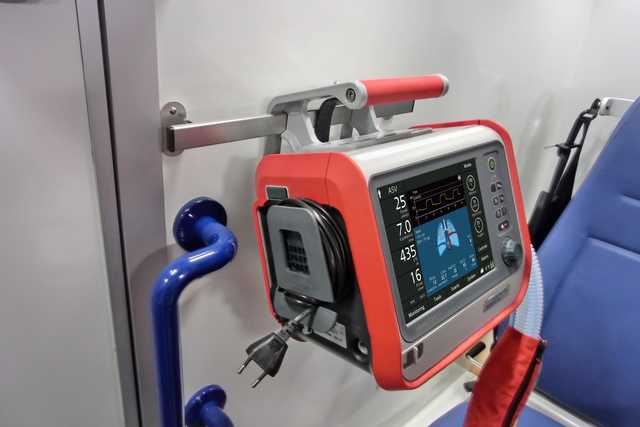

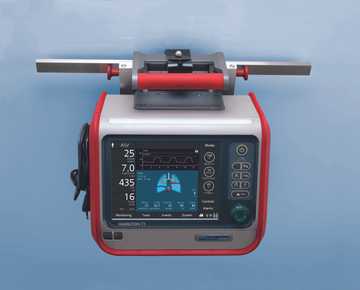
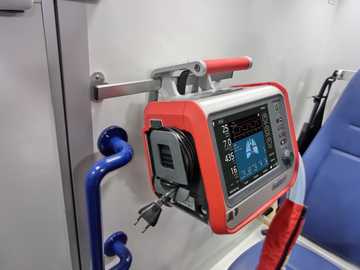
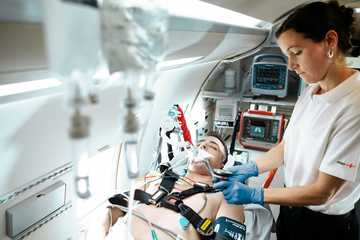
Hay disponibles diversas soluciones para los principales tipos de helicópteros y ambulancias, así como para camas hospitalarias, camillas, superficies, repisas, goteros, raíles y techos.
Con cuatro tipos diferentes de ganchos y varios montajes, el HAMILTON-T1 es un respirador portátil capaz de adaptarse a su situación y entorno específicos.

La ventilación de la RCP se adapta a la configuración de ventilación si tiene que realizar una maniobra de RCP. Muestra los parámetros principales de monitorización y las curvas correspondientes a la situación, además de ayudarle en su flujo de trabajo mediante el acceso rápido a los ajustes preconfigurables, el ajuste adecuado de alarmas y disparos, y la pantalla de temporizador de RCP.
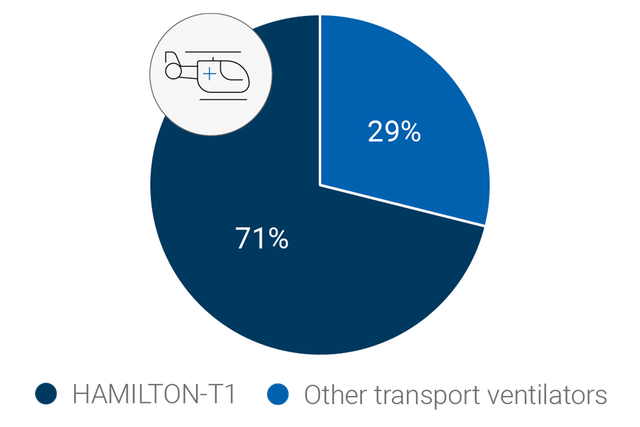
El HAMILTON-T1 es muy popular como respirador de transporte para ambulancias, helicópteros, etc. Según revela la encuesta HOVER (
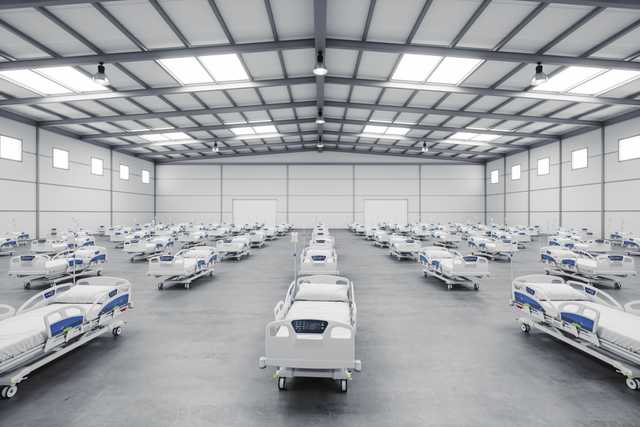
Los respiradores diseñados para pandemias y grandes catástrofes deben ser versátiles y cumplir diferentes requisitos. El HAMILTON-T1 cumple o supera todos los requisitos de la directrices de la AARC para la adquisición de respiradores que satisfagan la demanda en una pandemia de gripe o incidentes con un gran número de víctimas (
Descubra el HAMILTON-T1 desde todos los ángulos y haga clic en los puntos de información para obtener más detalles.
| Grupos de pacientes | Adultos/pediátricos, neonatos |
|---|---|
| Dimensiones (ancho x largo x alto) | 320 x 220 x 270 mm (unidad de ventilación) 630 x 630 x 1380 mm (sin mango) 630 x 630 x 1433 mm (con mango) |
| Peso | 6,5 kg 18,5 kg con carro |
| Resolución y tamaño del monitor | 214 mm, diagonal 640 x 480 píxeles |
| Monitor desmontable | |
| Tiempo de funcionamiento de la batería | 4 h con una batería 8 h con dos baterías |
| Batería intercambiable en funcionamiento | |
| Suministro de aire | Turbina integrada |
| Conector O2 | DISS (CGA 1240) o NIST |
| Conectividad | CO2/llamada de enfermera/COM1, CO2/SpO2/COM1, CO2/SpO2/humidificador y COM1, puerto USB, puerto Ethernet RJ-45 |
| Volumen | 43 dB en funcionamiento normal |
| Control por flujo y por volumen | |
|---|---|
| Volumen objetivo, control por presión adaptable | |
| Ventilación inteligente | ASV®, INTELLiVENT®-ASV® (opcional) |
| Ventilación no invasiva | |
| Flujo alto | |
| Visualización de la mecánica pulmonar (Pulm. dinámico) | |
|---|---|
| Visualización de la dependencia del respirador del paciente | |
| Medición de la presión esofágica | |
| Capnograma | |
| Monitorización de SpO2 |
| Evaluación de reclutamiento y reclutamiento pulmonar (P/V Tool Pro) | |
|---|---|
| Sincronización paciente-respirador (IntelliSync+) | |
| Ventilación de RCP | |
| Módulo Hamilton Connect | |
| Aplicación Hamilton Connect |
| Conexión remota al humidificador HAMILTON-H900 | |
|---|---|
| Controlador de la presión del manguito IntelliCuff integrado | |
| Nebulizador neumático integrado | |
| Nebulizador Aerogen integrado | |
| Compatibilidad con el sistema de administración de anestésicos Sedaconda ACD-S |

La llamada del deber
La exposición a condiciones extremas significa que un respirador para las Fuerzas Armadas debe cumplir requisitos muy especiales. Ahí es donde entra en acción el HAMILTON-T1 para las Fuerzas Armadas.
El modo de ventilación ASV ajusta de forma continua la frecuencia respiratoria, el volumen tidal y el tiempo inspiratorio respiración a respiración en función de la mecánica pulmonar y los esfuerzos del paciente las 24 horas del día, desde la intubación hasta la extubación.
El modo de ventilación inteligente INTELLiVENT-ASV controla continuamente la ventilación y la oxigenación del paciente.
Define la ventilación por minuto, así como los valores de PEEP y de oxigenación en función de los objetivos fijados por el médico y los datos fisiológicos del paciente.
El nebulizador neumático integrado está totalmente sincronizado con los tiempos de inspiración y espiración.
Un nebulizador Aerogen integrado y sincronizado está disponible opcionalmente (
El suministro de una ligera nube de partículas medicamentosas en aerosol le ayuda a revertir el broncoespasmo, mejorar la eficiencia de la ventilación y reducir la hipercapnia (
La terapia de cánulas nasales de flujo alto (
La ventilación RCP adapta la configuración del respirador durante la reanimación. Permite el funcionamiento de RCP con acceso rápido a los ajustes preconfigurables, ajuste adecuado de alarma y disparo, y visualización del temporizador de RCP.
Los principales parámetros y curvas de monitorización relevantes para la ventilación de RCP también se muestran.
Creada para cubrir las necesidades de los profesionales sanitarios, la aplicación Hamilton Connect (
Todo lo que necesita es un dispositivo móvil y un respirador Hamilton Medical con el módulo Hamilton Connect.
La medición del flujo proximal y del CO2 permite a nuestros respiradores realizar novedosas capnografías volumétricas, lo cual es fundamental para la valoración de la calidad de la ventilación y la actividad metabólica.
En el panel Estado ventil., aparecen seis parámetros relacionados con la dependencia del paciente del respirador, incluidas la oxigenación, la eliminación de CO2 y la actividad del paciente.
Un indicador flotante se mueve hacia arriba y hacia abajo en cada columna para mostrar el valor actual de un parámetro determinado.
La exclusiva opción de conectividad del respirador le permite utilizar el humidificador HAMILTON-H900 (
El humidificador también puede elegir automáticamente el modo de humidificación (invasiva, no invasiva o de flujo alto) en función del modo de ventilación seleccionado.
La opción de válvula para hablar da voz a los pacientes traqueotomizados y les permite tragar incluso mientras reciben soporte respiratorio.
La gestión de alarmas, la activación y la monitorización del respirador se han ajustado para admitir las válvulas para hablar en los modos controlados por presión (PCV+, ESPONT, PSIMV+).
La función Destete ráp. está integrada en el modo INTELLiVENT-ASV y proporciona monitorización y control del estado del paciente de manera dinámica y continua para evaluar si el paciente está preparado para la extubación.
El panel Pulm. dinámico muestra una representación gráfica en tiempo real de los siguientes datos de monitorización importantes:
El respirador puede mostrar un bucle dinámico en función de una combinación seleccionada de parámetros monitorizados. Con la función Tendencias, puede ver la información de tendencias que se muestra para los parámetros de monitorización durante el tiempo que usted seleccione.
El dispositivo almacena continuamente los parámetros monitorizados en su memoria, incluso cuando está en Standby.
La opción SpO2 ofrece una medición de SpO2 no invasiva integrada y muestra los datos en el respirador para que pueda analizarlos cómodamente.
También ofrecemos una completa gama de sensores de SpO2.
Los modos de ventilación no invasiva ofrecen respiraciones espontáneas con ciclos de flujo y presión de soporte (modos NIV y NIV-ST) y respiraciones obligatorias cicladas por tiempo y controladas por presión (NIV-ST).
En comparación con los respiradores que utilizan aire comprimido, nuestros respiradores accionados por turbina son capaces de proporcionar flujos máximos elevados, lo que garantiza un rendimiento óptimo incluso con fugas importantes.
Los modos nCPAP están diseñados de tal manera que solo tendrá que fijar la presión CPAP que desee y, a continuación, se ajustará el flujo en función del estado del paciente y las posibles fugas. Así se evitan presiones máximas involuntarias, se garantiza una compensación eficaz de las fugas y se ayuda a reducir el consumo de oxígeno. El ajuste del flujo se lleva a cabo casi inmediatamente gracias a que la medición es altamente sensible.
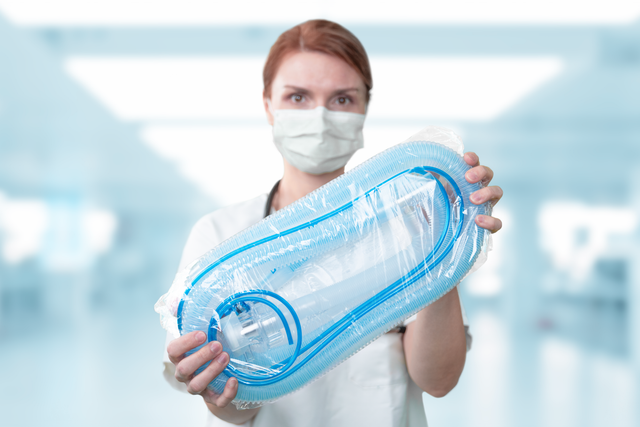
Nuestros equipos respiratorios premontados incluyen el material fungible esencial para utilizar el respirador, cómodamente empaquetado en una única bolsa.
Todo nuestro material fungible esencial se ha desarrollado especialmente para los respiradores de Hamilton Medical con garantía de calidad del fabricante.

Para gestionar la ventilación, suele ser necesario configurar diversos parámetros, como la presión, el volumen, el disparo espiratorio e inspiratorio y la presión de manguito, entre muchos otros. Cada vez que cambia el estado del paciente, hay que realizar uno o incluso varios reajustes.
Para simplificar este proceso y reducir el uso de los pulsadores, hemos creado toda una gama de soluciones:
La ventilación asistida adaptable (ASV) es un modo de ventilación que adapta de forma continua la frecuencia respiratoria, el volumen tidal y el tiempo inspiratorio en función de la mecánica pulmonar y el esfuerzo del paciente. Se ha demostrado que ASV reduce la duración de la ventilación mecánica en varias poblaciones de pacientes con menos ajustes manuales (
Nuestro modo de ventilación inteligente INTELLiVENT-ASV le permitirá olvidarse prácticamente de girar los pulsadores y limitarse a supervisar los datos, reduce el número de interacciones manuales con el respirador (
Las soluciones convencionales para la gestión de la presión del manguito requieren que monitorice y ajuste la presión del manguito a mano.
IntelliCuff garantiza el control de la vía aérea del paciente (
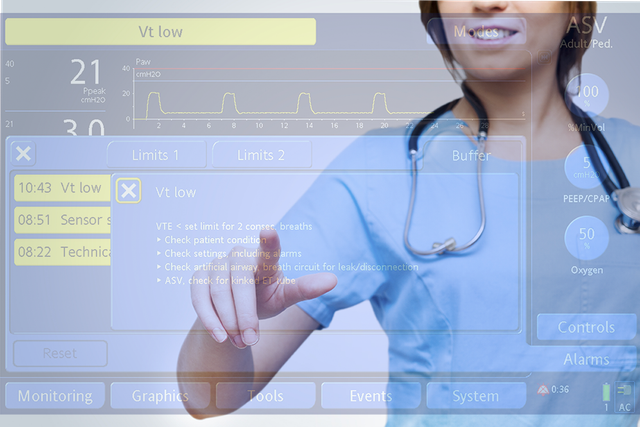
Siempre que hay un problema, el respirador le alerta con la señal luminosa de alarma, la señal acústica y la barra de mensajes.
La ayuda en pantalla le ofrece sugerencias sobre cómo resolver la alarma.
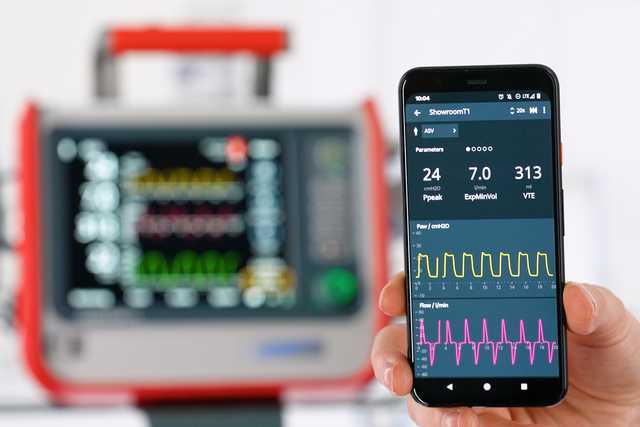
Creada para cubrir las necesidades de los profesionales sanitarios modernos, la aplicación Hamilton Connect le permite acceder a los datos respiratorios. Así, le proporciona una solución diseñada para facilitar y optimizar el flujo de trabajo de ventilación. Lo único que necesita es un dispositivo móvil y un respirador de Hamilton Medical con el módulo Hamilton Connect (

Nuestra Academy en línea le ofrece rutas de aprendizaje fáciles de seguir para familiarizarse con las tecnologías y los productos de Hamilton Medical lo antes posible.

Trabajamos continuamente para seguir desarrollando nuestros productos. Añadimos nuevas funciones y mejoramos las características actuales para garantizar que siempre tiene acceso a la última tecnología en ventilación a lo largo de toda la vida útil de sus respiradores.

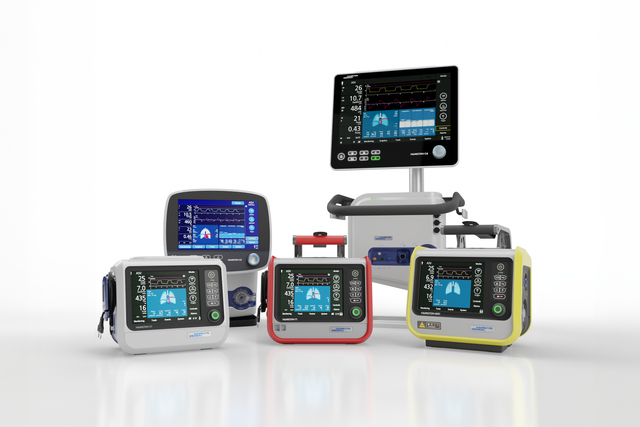
No importa si se utilizan en la UCI, la sala de RM o durante los traslados, todos los respiradores de Hamilton Medical funcionan de la misma forma.
Nuestro Ventilation Cockpit (cuadro de control de la ventilación) integra datos completos en visualizaciones intuitivas.
Desarrollamos nuestros accesorios para que pueda brindar la máxima seguridad posible a los pacientes teniendo en mente en todo momento la facilidad de uso. En la medida de lo posible, los integramos en nuestros respiradores para simplificar el funcionamiento de todo el sistema del respirador.